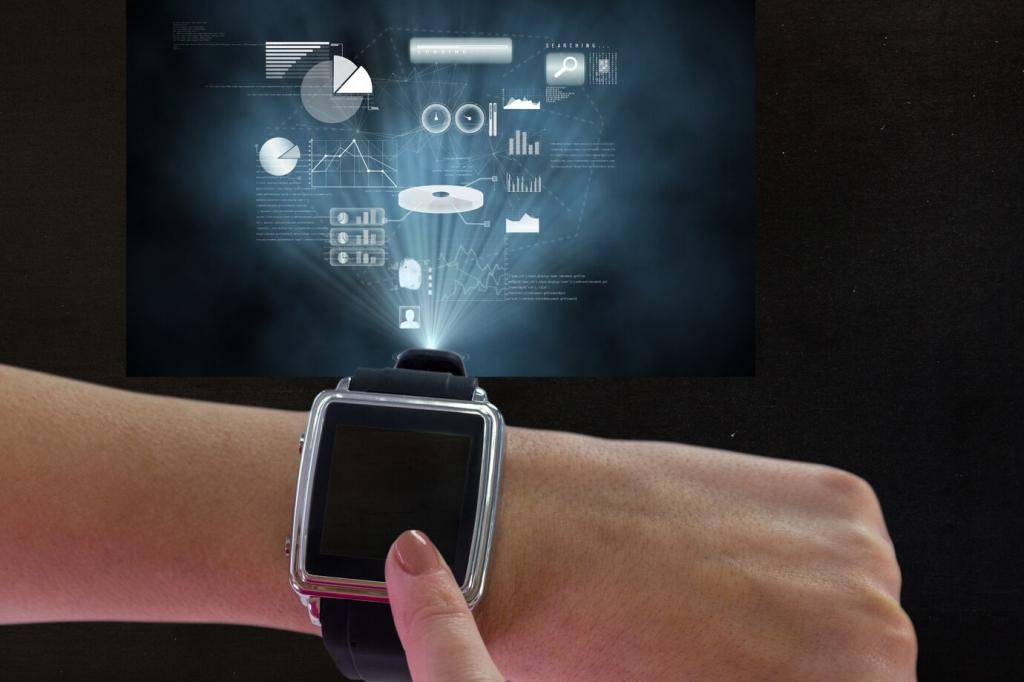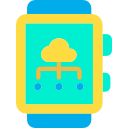Chosen Theme: The Future of Wearable Technology in Mobile Apps
Welcome! Today we explore how wearables and mobile apps are converging to create fluid, human-centered experiences. From smart rings to hearables and AR glasses, the next wave is body-first design, context-aware intelligence, and health insights that arrive just when they matter. Subscribe and join the conversation—what wearable future do you want to live in?
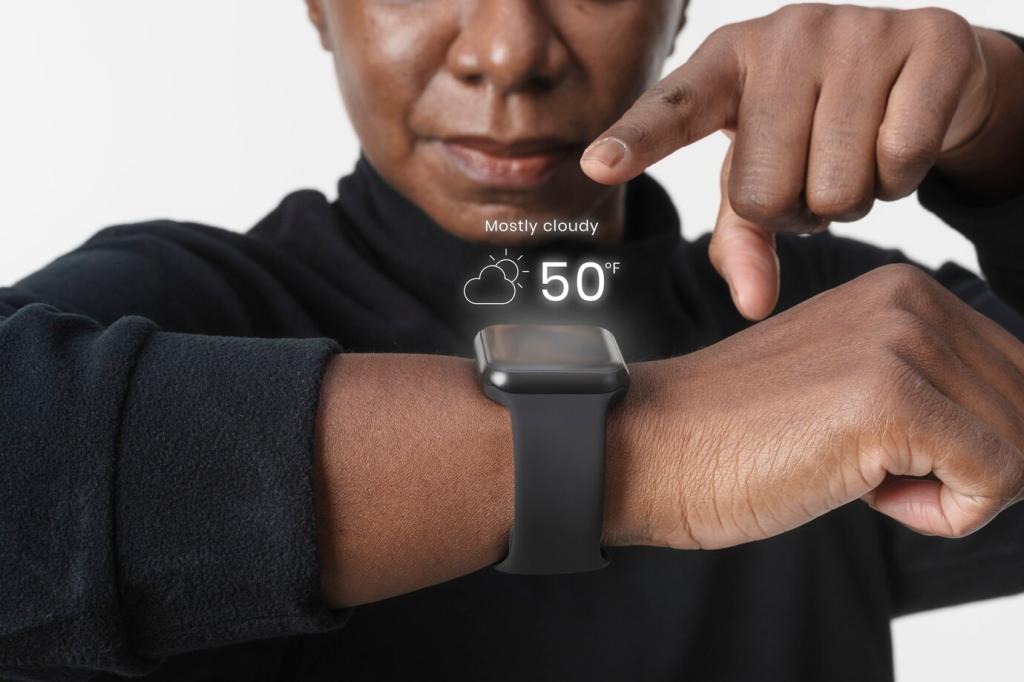
From Companion Screens to Body-First Experiences
01
The best wearable interactions last seconds, not minutes. Micro-cards, tiles, and complications deliver answers without digging. Think hydration reminders timed to your run, or a transit haptic when your stop approaches. Tell us which glanceable moments would make your day smoother, and we’ll explore them in a future post.
02
Accelerometers, PPG, ECG, temperature, and spatial sensors become inputs that shape the interface itself. Rather than tapping, your stride, posture, or heart rhythm can trigger context-specific actions. Share a scenario where sensor-driven automation could help you focus, recover faster, or simply relax.
03
A notification might start on your watch, escalate to your phone for detail, and finish on glasses for hands-free action. Seamless handoffs reduce friction and cognitive load. Comment with your most frustrating handoff today—together we’ll map a better flow for tomorrow’s wearable-first apps.
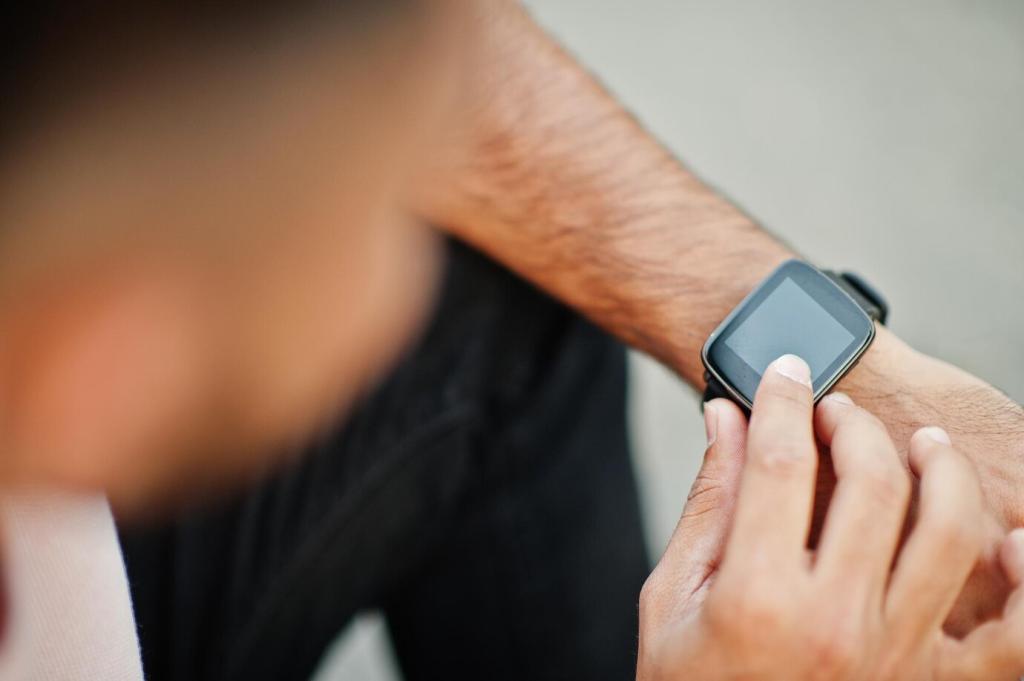
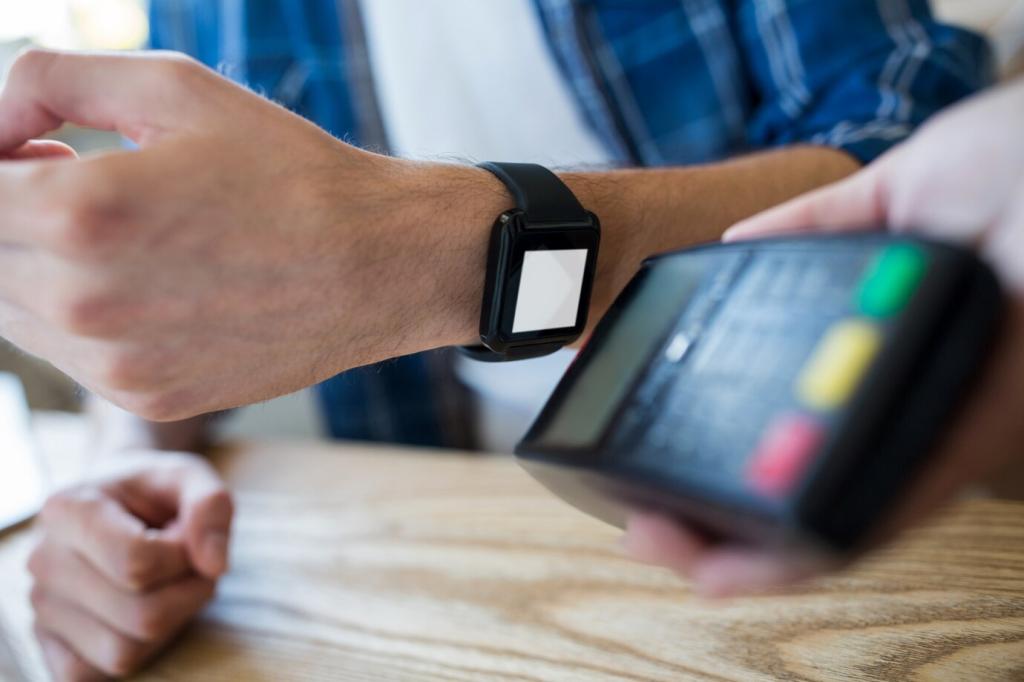
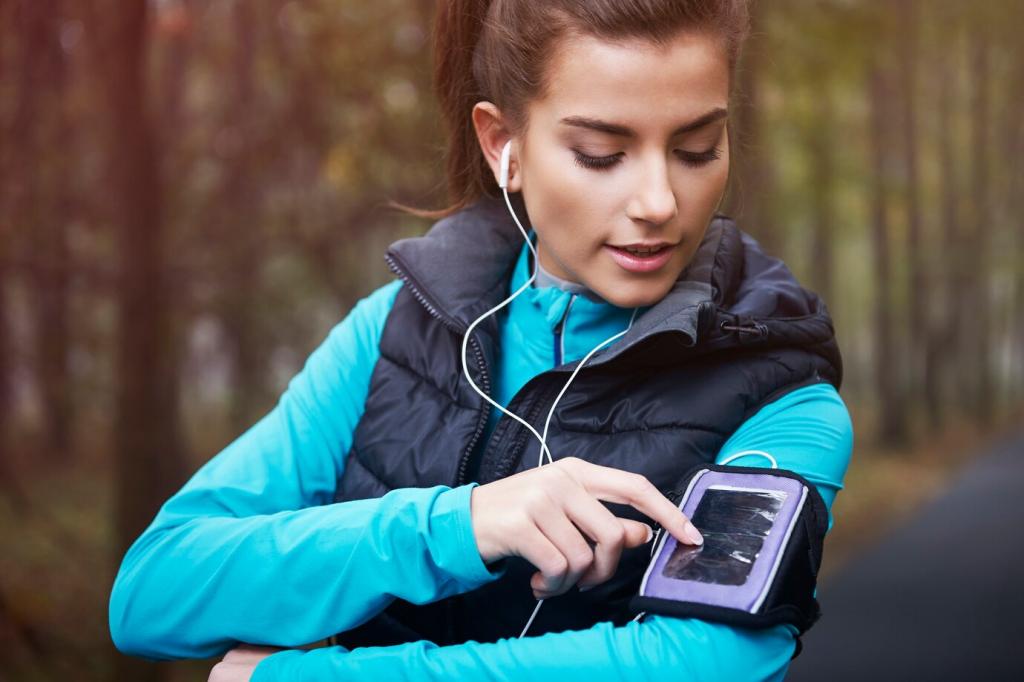

Designing Micro-Interactions That Matter
Design clusters of glanceable data that evolve throughout the day: morning readiness, midday focus, evening wind-down. Each tile should answer one question instantly. Which three data points would you put on your ideal watch face? Post your stack and inspire other readers.

Connectivity, Standards, and Interoperability
BLE Audio, UWB, and Next-Gen Protocols
Bluetooth LE Audio boosts multi-stream audio for hearables; UWB enables precise spatial interactions like keyless entry and room-aware prompts. These capabilities unlock safer, calmer experiences. Which protocol excites you most, and why? Share a use case you want developers to prioritize.
Health Data without Silos
HealthKit, Health Connect, and FHIR bridges allow secure sharing across apps and providers. Users deserve clean exports, revocable permissions, and audit histories. If you’ve wrangled messy health data, what would a ‘dream’ sharing flow look like? Describe it and we’ll map sample patterns.
Cross-Platform Builds That Don’t Compromise
Wear OS, watchOS, and cross-platform stacks like Flutter or Kotlin Multiplatform can co-exist with native excellence. Design system tokens keep parity while honoring platform idioms. Developers, tell us your stack and we’ll feature pragmatic setup recipes in an upcoming deep dive.
Batteries, Materials, and Form Factors
Rings excel at passive health; patches bring near-clinical fidelity; hearables are perfect for coaching; glasses shine for hands-free workflows. Each form factor demands unique app grammar. Which device would you adopt next and for what job? Your answers guide our test lab.
Adaptive sampling, duty cycling, and wake-on-gesture can extend battery life without neutering features. Intelligent offloading to phone or cloud should be user-controlled. How often do you charge now, and what trade-offs feel fair? Share your habits for a collective battery manifesto.
Biocompatible materials, recycled metals, and modular parts make daily wear feasible and planet-friendly. Apps can encourage repair, not replacement, by supporting accessory swaps. What eco feature would win your loyalty—a reusable strap, battery transparency, or upgradeable modules? Vote in the comments.
Your ring flags low recovery after a late night, your watch delays tough meetings by thirty minutes, and your buds guide a calming breath. Nothing screams; everything nudges. Would you trust your devices to rearrange your morning like this? Tell us what guardrails you’d require.
